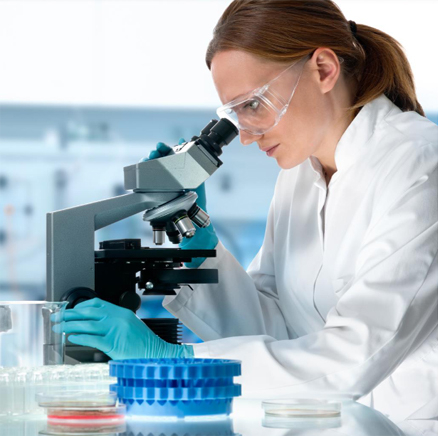Sources of stem cells
Sources of stem cells
A. Umbilical cord blood
The main source of stem cells is the umbilical cord blood. The procedure is totally painless and harmless either for the baby or the mother. After ligation of the umbilical cord, until the detachment of the placenta the doctor has the time to collect the blood that has remained into the placenta. It’s necessary to collect the maximum amount of blood.
B. Placenta drainage
Biohellenika exhausting all the possibilities offered by the childs birth to collect the maximum number of stem cells by taking apart from the classic collection by puncture of the umbilical cord and placenta drainage. A large number of stem cells still remain inside the placenta after the classic blood collection. For this purpose, the whole placenta is transferred to the laboratory, under specified sterile conditions. The placenta has extended network of vessels which into are trapped a large number of stem cells and remain there unused. Unless, if follows their collection and procedure .Biohelleniκa using a specific published procedure collects all these cells which are added to the initial classic collection. With this method, a two-fold number of stem cells are ensured, stem cells that otherwise, without this second collection, would be discarded with the placenta. This special procedure of stem cell collection from the inside of the placenta was awarded at the 15th Pan-Hellenic Transplant Conference, which took place in Thessaloniki in December 2007, was referred to as the most interesting medical publication on internet for one week in February 2008 and was published in the international journal, Transfusion at march 2011.
C. VSELS collection (Very Small Embryonic Like Stem Cells).
VSELS are collected after hematopoietic cells collection from the remnants of cord blood, in two stages. They are very small in size and for this reason they were throughed away after hematopoietic collection. Biohellenika separates and store them as an independent collection and do not preserve total blood in order to keep this type of cells, as other companies do.
D. Tissue of umbilical cord (Wharton’s jelly).
The umbilical cord tissue that surrounds the cord vessels contains mesenchymal cells, that are collected with a special procedure from the total length of the umbilical cord, under sterile conditions, in a special sterilized kit.
Nowadays, stem cells from this area can be transformed into neural cells, bone cells, chondrocytes, adipose cells and can be administered concurrently with haematopoietic transplants into family members for leukemia treatment and generally in malignant diseases, since these cells reduce the percentages of rejection of the non-absolutely compatible transplants in to patients.
Biohellenika cryo-preserves mesenchymal stem cells which are isolated from the entire length of the umbilical cord, after special procedure. This collection give us the opportunity to extract all the quantity of the mesenchymal stem cells of the umbilical cord body. So, in the future it’s not necessary to proliferate the cells, which has additional cost for the family and also alters the biological properties of the cells.
The international law requires minimum handling of the cells for medical applications. The cryopreservation of umbilical cord segments, without prior isolation of cells, a method which may use other biotech companies , does not provide the required number of stem cells and after thawing, must follow the process of cellular proliferation.
D. Deciduous teeth
The pulp of the deciduous teeth contain stem cells that can be successfully cryo-preserved after extraction from the age of six years and later, when starting the falling and the normal replacement by the permanent teeth. Except from the deciduous teeth, stem cells from wisdom teeth can cryo-preserved and also from teeth extracted for orthodontic reasons.
E. Adipose tissue
Biohellenika, a pioneer in the cryo-preservetion of stem cells, gives for the first time, the opportunity to adults to preserve adipose derived stem cells, which are collected either during a liposuction or during other surgical procedures. Applications of stem cells in adipose tissue for the treatment of cardiovascular and respiratory diseases, neurodegenerative diseases, fractures, diabetic ulcers and burns, undergoing clinical trials. Applications in Aesthetic Medicine is now established, too. In Greece, the applications of stem cells from adipose tissue are supported by the laboratories of Biohellenika.
F. Bone marrow
The bone marrow is an important source of stem cell, which are used successfully since many years, for blood treatments, autoimmune diseases and also for regenerative medical applications. Biohellenika’s laboratories currently support clinical trials for heart regeneration after myocardial infraction using bone marrow stem cells.

